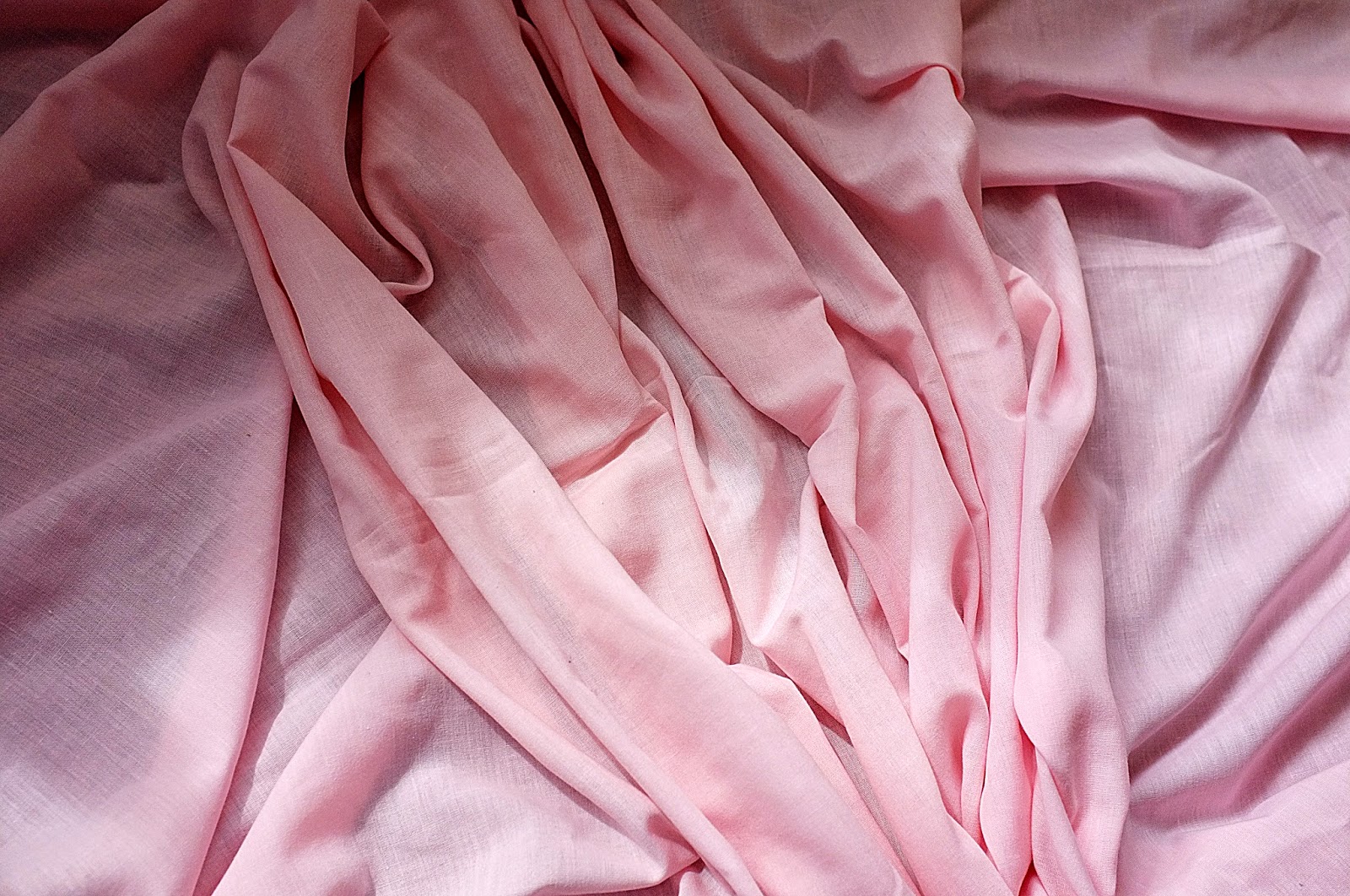Katharine Hamnett's slogan t shirts
However this type of clothing, which began by conveying a positive political/social message, now often leans towards jokey or even crude slogans:
Slogan underwear like this is frequently seen in shops aimed at young people, leading them to think that these messages, which often promote promiscuity or sexualise young girls, are acceptable.
Some feminist artists have already used underwear in their work to symbolise various issues:
Sarah Lucas, "Chicken Knickers"
Feminist slogan underwear, by Sami Cronk
Common themes in this kind of work include reinforcing the idea that women shouldn't have to wear nice underwear for men, and that tacky slogan clothing like that seen above does not give an accurate representation of women. It is also another reference to the fact that making clothes, sewing and embroidery are all seen as stereotypically "female" skills.
















